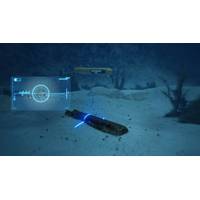
Racing to the Bottom: Seabed Warfare Brings Threats, Opportunities
which enabled the British to intercept the Zimmerman telegram, a pivotal intelligence success that contributed to the United States entering the war. And at the height of the Cold War, the United States employed highly specialized manned submarines to tap Soviet undersea cables in the Barents Sea and Sea of Okhotsk.Image courtesy VoyisToday, there are 785,000 miles (1.2 million kilometers) of transoceanic undersea cables crisscrossing the globe, transmitting 97% of global voice and data communications, the disruption of which could wreak havoc on everything from financial transactions to military operations
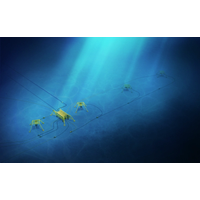
Russia is Developing Subsea Production Systems
in severe climatic conditions, even under ice, without the use of platforms or other above-water facilities. Gazprom is the currently only Russian company employing subsea production technologies, with a subsea production system to develop the Kirinskoye gas and condensate field in the Sea of Okhotsk, within the Sakhalin III project. Gazprom noted that Russian companies are already capable of producing the bulk of equipment and materials for such projects. Domestic producers had started to manufacture spiral heat exchangers and cold-resistant steel for liquefied natural gas (LNG)
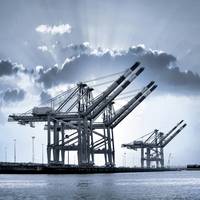
Sovcomflot Ups its Role in the Sakhalin-2 Project
. The vessels are manned by professional crews consisting of mariners from the Russian Far East and are operated under the Russian flag. Under the signed agreements, the vessels will continue to be used for year-round delivery of supplies and consumables to three production platforms in the Sea of Okhotsk. In the event of an emergency, the vessels will be able to provide environmental protection and platform personnel safety services, including platform evacuation and fire suppression. As part of the Sakhalin-2 project SCF Group also operates three Aframax shuttle tankers (Zaliv Aniva
Gazprom Building up Resource Base
drilled and 3D seismic covered an area of around 1,000 square meters. In Western Siberia over 69 thousand meters of rocks were drilled, 10 prospecting and exploratory wells were constructed and three thousand square kilometers of 3D seismic was performed. Geological exploration is underway in the Sea of Okhotsk, in the Kirinsky, Vostochno-Odoptinsky, Ayashsky and Zapadno-Kamchatsky blocks. In 2014 two exploratory wells were constructed at the Yuzhno-Kirinskoye gas and condensate field, with 6,040 meters of rocks drilled. The wells testing made it possible to confirm the gas presence in the Upper Daginsk
Bering Sea Early Sea Ice Break-Up 2014
loss averaged for the month was 30,300 square kilometers per day (11,700 square miles per day), which is slower than the average rate of 38,400 square kilometers per day (14,800 square miles per day) over the period 1981 to 2010. As of May 4, 2014, extent was below average in the Barents Sea, Sea of Okhotsk, and the Bering Sea, and slightly above average in Baffin Bay. Early breakup in the Bering Sea The anomalously low sea ice conditions in the Bering Sea are partially a result of low winter ice cover and an unusually early breakup of sea ice. Citing 'The Fairbanks Daily News Miner' The
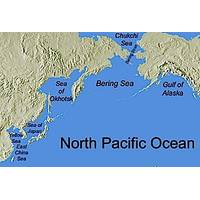
Energy Treasure Chest Sea of Okhotsk is Russia's, UN Finds
A United Nations commission has officially recognized the Sea of Okhotsk enclave, off Russia’s southeastern coast, as part of the country’s continental shelf, informs Ria Novosti citing the Russian minister of natural resources. Russia will get exclusive rights to the area of 52,000 square kilometers, considered by the government to be an Ali Baba’s cave containing reserves of valuable minerals and other natural resources. The recession of Arctic sea ice in recent years due to global climate change has led to increased international legal maneuvering over the rights to exploit
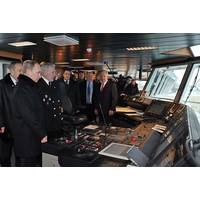
Russian PSV Icebreaker Named, Yards to Build More
vessels of the Vitus Bering series will conduct year-round deliveries of personnel, goods and expendable supplies to oil production platforms. In particular, it is planned to use this type of icebreaker to ensure the smooth operation of Sakhalin-1 oil platforms in the Arkutun-Dagi field in the Sea of Okhotsk. The lead ship of the series was named after Vitus Bering, an explorer and officer in the Russian Navy. The President witnessed the signing of a master cooperation agreement between Sovkomflot and United Shipbuilding Corporation to build supply vessels of this class and an agreement between



 February 2025
February 2025





